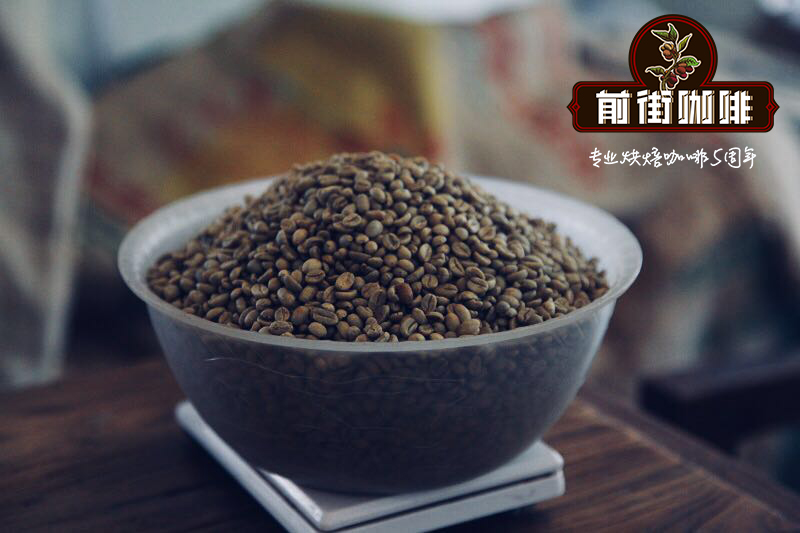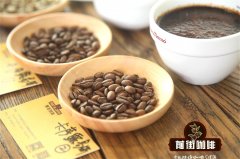A list of Mexican Coffee producing Manors what is the treatment of Mexican coffee beans

Professional coffee knowledge exchange more coffee bean information please follow the coffee workshop (Wechat official account cafe_style)
Mexico is located at the northern tip of Central America, bordered by the United States to the north, the Pacific Ocean to the south and west, the Caribbean Sea to the southeast, Belize and Guatemala, and the Gulf of Mexico to the east. It is the fourth largest coffee producer in the world and a big producer of organic coffee.
[producing area]
Most farmers in the Oaxaca Oaxaca producing area own less than 2 hectares of land in this area and have several large cooperatives. There are also some larger estates, although some have developed diversified tourism. 900-1700m above sea level, from December to March, growing bourbon, iron pickup, Kaddura, elephant beans. At the same time, it also produces high-quality coffee beans, of which Plumakoyce Pluma Coixtepec coffee beans grown in natural conditions are the best, as well as Altura Orisaba Altura Orizaba coffee and Altura Vatusco Altura Huatusco coffee.
[altitude] 900m-1600 m
Ironhide Card, bourbon, New World Mundo Novo, Kaddura, Criollo
[processing method]
Washing: the appearance of raw beans is complete, and the quality is the most consistent, but the treatment process consumes a lot of water and the cost is high.
After rinsing the coffee fruit with clean water, the immature fruit floating on the water surface is removed, and then sent to a pulp screening machine to remove the peel and pulp, and the seeds after removal of pulp are moved into a fermentation tank, after natural fermentation of about 16 Mel for 36 hours, the surface pectin is dissolved and then cleaned, and the water content is reduced to 12% for 3 weeks, and then the shell is removed by the sheller.
Related recommendation: is hand-made coffee really good? Why does coffee smell better than it tastes?
Important Notice :
前街咖啡 FrontStreet Coffee has moved to new addredd:
FrontStreet Coffee Address: 315,Donghua East Road,GuangZhou
Tel:020 38364473
- Prev

Mexican coffee with rich and balanced taste Mexican coffee characteristics Taste description
Professional coffee knowledge exchange More coffee bean information Please pay attention to coffee workshop (Weixin Official Accounts cafe_style)[Foreword] Mexico is located in the northern end of Central America, bordering the United States in the north, the Pacific Ocean in the south and west, the Caribbean Sea in the southeast, Belize and Guatemala in the east, and the Gulf of Mexico in the east. The fourth largest coffee producer in the world, organic coffee
- Next

Mexico three seasons orange coffee estate introduction Mexican coffee what estate recommended
Professional coffee knowledge exchange More coffee bean information Please pay attention to coffee workshop (Weixin Official Accounts cafe_style) Mexico is an exotic place with deserts, blue waters, mountains, huge cities and small villages. In recent years, demand for high-quality coffee has led to a surge in buyer interest in Mexican coffee, which has helped boost Mexico's coffee mix from the past.
Related
- Does Rose Summer choose Blue, Green or Red? Detailed explanation of Rose Summer Coffee plots and Classification in Panamanian Jade Manor
- What is the difference between the origin, producing area, processing plant, cooperative and manor of coffee beans?
- How fine does the espresso powder fit? how to grind the espresso?
- Sca coffee roasting degree color card coffee roasting degree 8 roasting color values what do you mean?
- The practice of lattes: how to make lattes at home
- Introduction to Indonesian Fine Coffee beans-- Java Coffee producing area of Indonesian Arabica Coffee
- How much will the flavor of light and medium roasted rose summer be expressed? What baking level is rose summer suitable for?
- Introduction to the characteristics of washing, sun-drying or wet-planing coffee commonly used in Mantenin, Indonesia
- Price characteristics of Arabica Coffee Bean Starbucks introduction to Manning Coffee Bean Taste producing area Variety Manor
- What is the authentic Yega flavor? What are the flavor characteristics of the really excellent Yejasuffi coffee beans?

